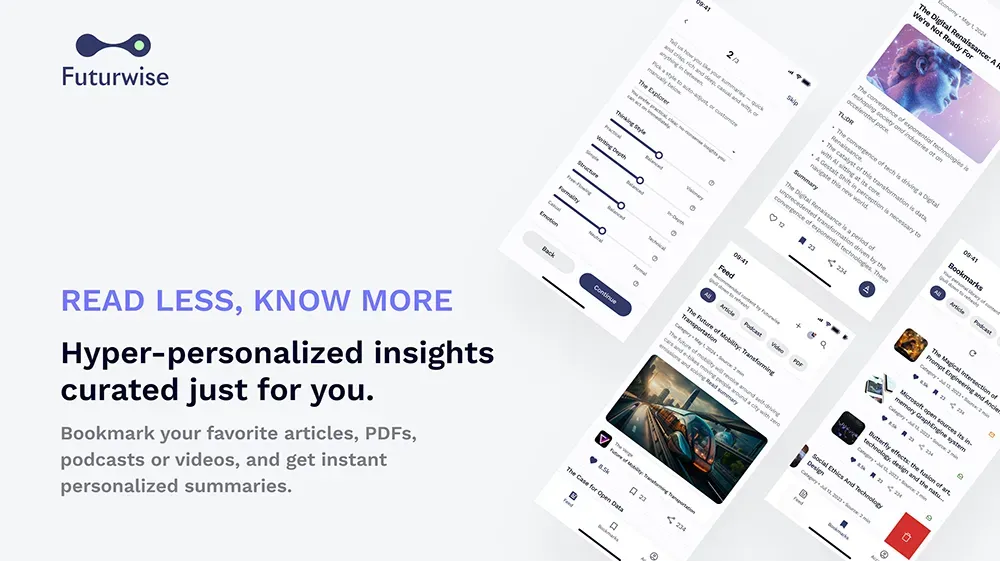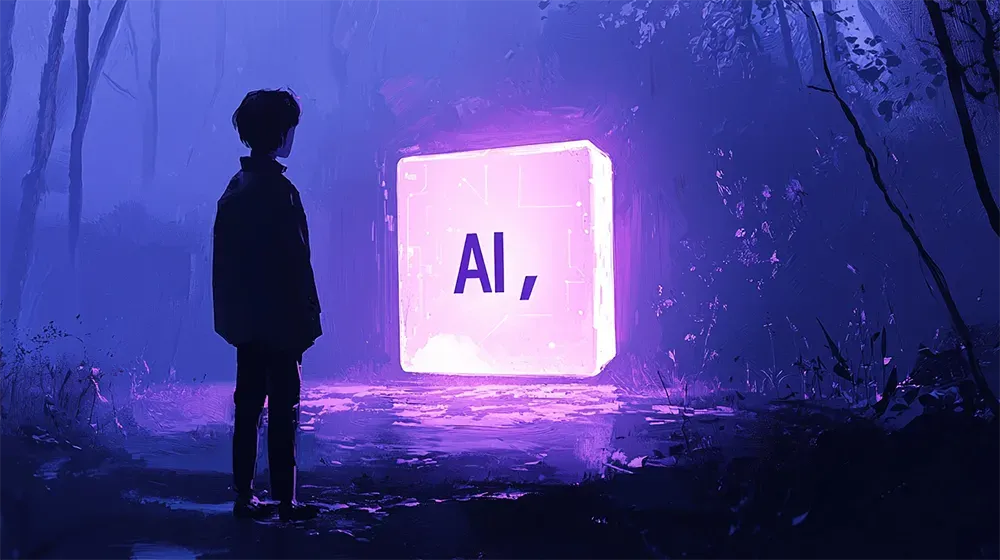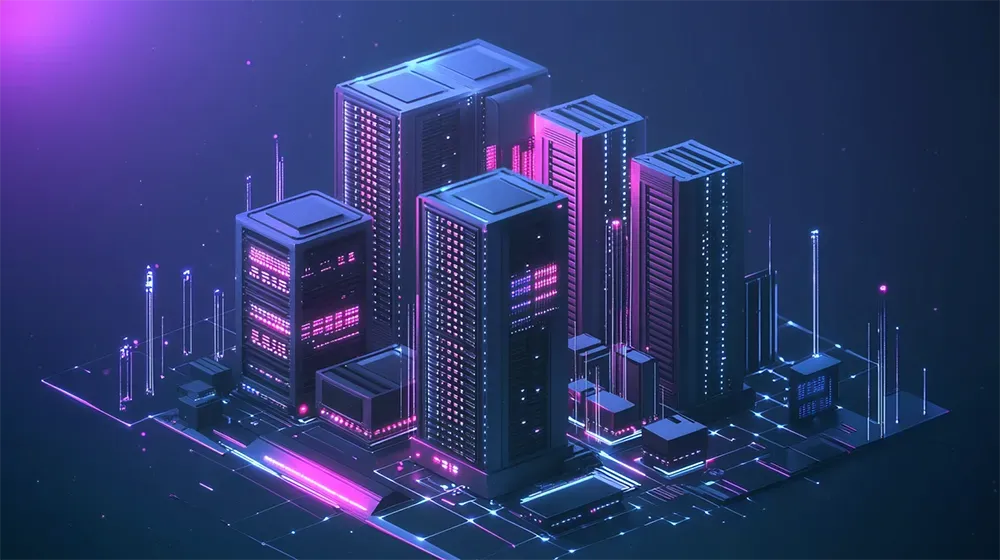Generative AI: The Subprime Tech Crisis You Didn’t See Coming

The generative AI boom may be heading toward a bubble burst, with severe consequences for the tech industry.
Edward Zitron argues that the technology has failed to live up to its massive costs, with companies like OpenAI relying on unsustainable investment strategies to stay afloat. Despite big names like Microsoft and Google throwing billions into AI development, real business value is still elusive.
Generative AI’s flaws — hallucinations, unreliability, and sky-high operational costs — make it a risky bet. OpenAI's new o1 model, while marketed as a breakthrough in "reasoning," shows cracks with issues like longer wait times and inaccuracies.
With most startups and even tech giants heavily dependent on AI investments, the industry could face a subprime-style collapse if costs continue to outweigh tangible returns.
Although Zitron offers a compelling argument, I do believe it is a clear example of Amara's Law - Zitron is overestimating the short term and underestimating the long term. Yes, today's AI might have its challenges, but it is only 2024 and a few years from now, those challenges will long be forgotten.
Is the AI future as solid as we've been led to believe, or is it time to rethink our reliance on unsustainable tech?
Read the full article on Where's Your Ed At?.
----
💡 We're entering a world where intelligence is synthetic, reality is augmented, and the rules are being rewritten in front of our eyes.
Staying up-to-date in a fast-changing world is vital. That is why I have launched Futurwise; a personalized AI platform that transforms information chaos into strategic clarity. With one click, users can bookmark and summarize any article, report, or video in seconds, tailored to their tone, interests, and language. Visit Futurwise.com to get started for free!






